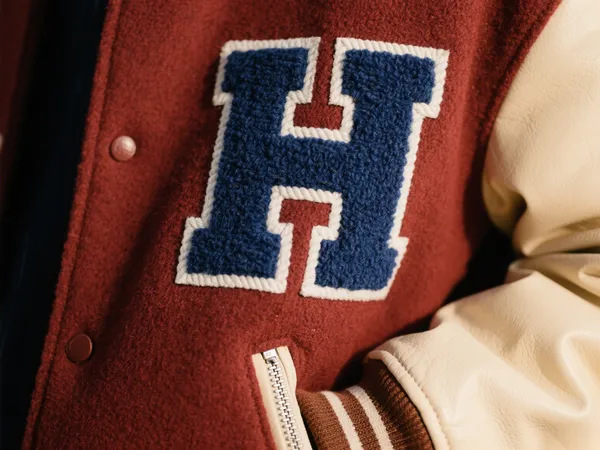In the world of fashion, DIY, and customization, sometimes less is more. While elaborate designs and bold colors can certainly make a statement, there’s a quiet power in the understated elegance of a simple patch. Whether you’re mending clothing, adding personality to an accessory, or branding a product, simple patches offer a clean, effective solution that anyone can use.
In this blog, we’ll explore why simple patches are trending, how to design your own using easy patch design techniques, and what makes basic patch ideas so versatile and accessible for creators of all levels.
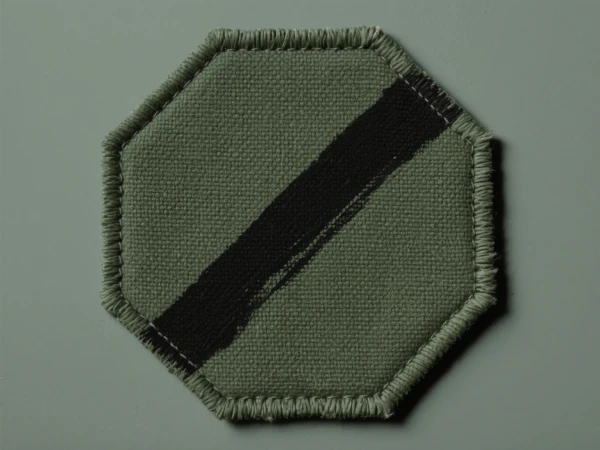
Why Choose a Simple Patch?
Simple patches are gaining popularity for several key reasons:
1. Esthétique intemporelle
A patch with minimal graphics, clean lines, and a clear message will never go out of style. Whether it’s a small heart on a denim jacket or a monogram on a canvas bag, simple designs blend effortlessly with various outfits and occasions.
2. Versatilité
Unlike complex or busy patches, a simple patch can be used on nearly any fabric surface without overwhelming the base material. It complements both streetwear and formalwear, and works well on items like:
- Vestes
- Sacs à dos
- Hats
- Jeans
- Aprons
- Uniformes
3. Rentabilité
The simpler the design, the less time and materials are needed for production. This makes it an ideal option for individuals or businesses on a budget. Whether you’re ordering in bulk or crafting patches at home, simple designs reduce setup costs and stitching time.
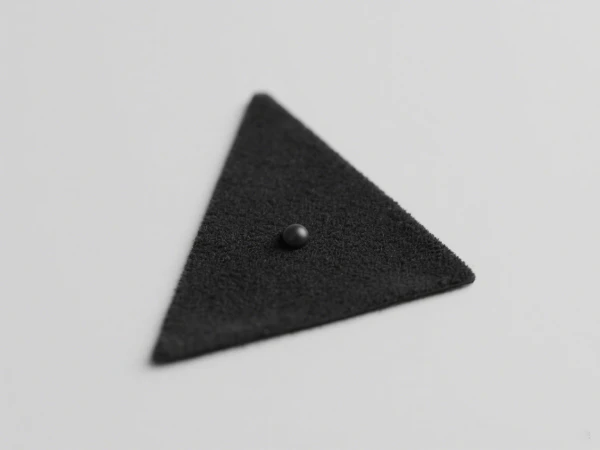
Easy Patch Design Tips for Beginners
Designing your own patch doesn’t have to be complicated. With just a few guidelines, you can create a professional-looking result using simple techniques and tools.
1. Focus on Shape and Symmetry
Stick to classic shapes like circles, squares, or shields. These are easier to cut, sew, or embroider. Symmetrical designs tend to look cleaner and more intentional.
2. Keep Text Readable
If your patch includes words, use bold, easy-to-read fonts. Limit text to a few words, such as a name, slogan, or number. Black or white text on a solid background creates maximum contrast.
3. Limit Your Color Palette
Using 1–3 colors makes your patch more elegant and helps reduce production costs. Monochrome designs (e.g., black thread on white twill) can be surprisingly impactful.
4. Use Iconic Imagery
A small star, heart, flame, or arrow can say a lot without being overly decorative. These icons are easy to recognize, easy to embroider, and can convey emotion or identity quickly.
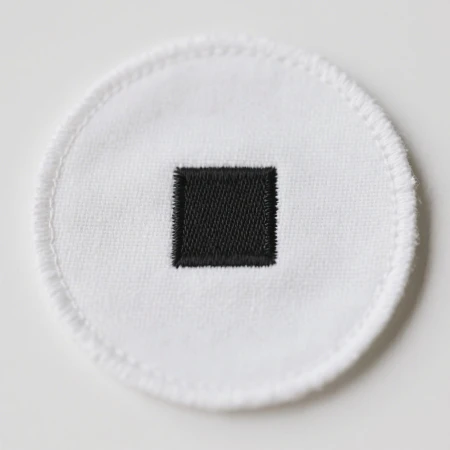
Popular Basic Patch Ideas for Inspiration
Looking for ideas for your own simple patch? Here are a few popular options that have stood the test of time:
- Name tags: Great for uniforms, bags, or event lanyards.
- Drapeaux: Simple national or pride flags with minimal detail.
- Symbols: Peace signs, yin-yang, lightning bolts, and other minimal symbols.
- Numbers or letters: Classic varsity style patches.
- Minimal logos: Perfect for brands that value subtlety.
These patches work equally well on their own or layered with other accessories. They can even be rotated seasonally or by mood.
DIY or Professional: How to Get Your Simple Patch Made
Once you’ve settled on a design, you have a few options to bring your patch to life.
DIY Iron-On Patches
You can purchase blank iron-on fabric and apply your design using embroidery, markers, or fabric paint. Cut the patch to shape and use a household iron to apply it to your chosen garment.
Custom Patch Makers
If you want a more polished, durable result, try uploading your design to an online patch maker. Many offer low minimum orders and options for embroidery, woven, or PVC patches.
Look for services that allow you to preview your easy patch design before ordering, ensuring that the final product meets your expectations.
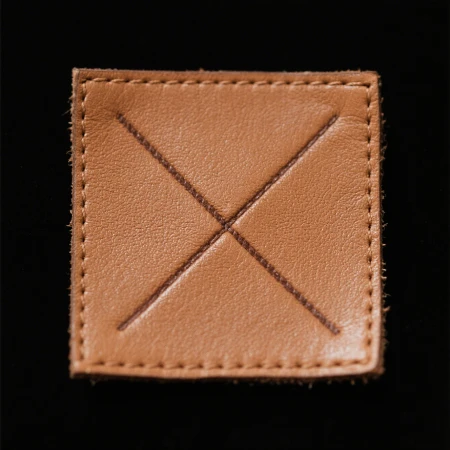
Where Simple Patches Shine: Real-Life Use Cases
Simple patches aren’t just stylish — they’re functional too.
- Uniformes: Mechanics, security staff, and healthcare workers benefit from clean name or role patches.
- Marchandises événementielles: Music festivals or corporate events use simple patches as giveaways or VIP markers.
- Déclarations de mode: Minimalist streetwear often uses tone-on-tone or subtle designs for a chic finish.
- Back-to-School Gear: Personalizing backpacks or jackets with initials or symbols helps prevent mix-ups and adds style.
Final Thoughts: Why Go Simple?
In a noisy world full of distractions, there’s value in keeping things simple. A simple patch can convey identity, function, or emotion — all while maintaining a refined look that stands the test of time.
Whether you’re exploring basic patch ideas for fun or branding your small business with a custom patch, remember that clarity and purpose are more impactful than complexity. The best designs don’t shout — they speak clearly.
So if you’re just getting started, or want to add a clean finishing touch to your gear, consider going simple. Sometimes, a quiet patch makes the loudest statement.

